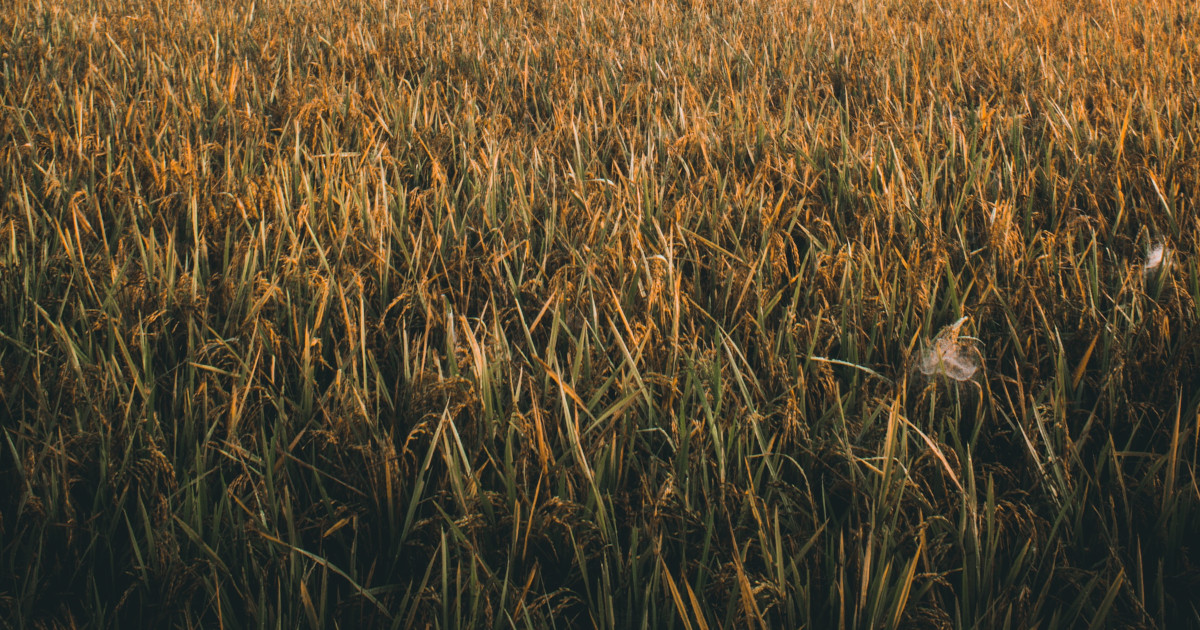
Enbridge’s Line 3 Is Putting Wild Rice at Risk – and Indigenous Water Protectors Are Taking a Stand
In northern Minnesota, Anishinaabe people are fighting an oil pipeline that threatens their sustenance and spiritual connection to the land.
May 18, 2021 | Source: Civil Eats | by Lynn Sue Mizner
In northern Minnesota, Anishinaabe people are fighting an oil pipeline that threatens their sustenance and spiritual connection to the land.
In the mist of a chilly October morning, Anakwad Migizi, who also uses the name Wendy Stone, pushes her family’s canoe into a tiny lake in the Crooked Creek watershed in east central Minnesota. The wild rice, or manoomin, is so tall and thick that, for a while, everything is obscured except the patch of blue sky overhead. Holding a pair of cedar knocking sticks in her hands, Stone, a Crane clan Anishinaabe writer and educator, pulls the top of the rice stalks over the boat and gently taps them to release some of the grains into the boat.
As the morning passes, the canoe fills up with rice and with the many small worms and insects that live on the rice as it grows in the shallow lake water.
